T4, Free
(Specimen Container)
SST (Tiger Top)/ Lithium Heparin/ Sodium Heparin/ Potassium EDTA
(Transport Temperature)
| Temperature | Period |
|---|---|
| Room temperature | Unacceptable |
| Refrigerated | 7 days |
| Frozen | If testing will be delayed more than 6 days, specimens should be frozen at -10°C or colder |
Thyroxine (T4) circulates in the blood as an equilibrium mixture of free and serum protein bound hormone. Thyroxine binding globulin (TBG), albumin and pre-albumin bind approximately 75%, 10% and 15% of the total circulating T4 respectively. The binding of T4 by these proteins is such that less than 0.03% is present in the circulation as unbound, free T4. This small percentage of the total T4 represents the physiologically available hormone which is biologically active. Once the free T4 is absorbed by the target cells, the equilibrium reestablishes circulating free T4 levels. The equilibrium results in the maintenance of a constant level of free T4 when alterations occur in either the concentration or affinity of the serum binding proteins. Therefore, in a variety of normal (pregnancy) and abnormal (Familial Dysalbuminemic Hyperthyroxinemia, FDH) states, or as a result of the administration of certain drugs (e.g., furosemide and fenclofenac), the target tissues are assured of receiving the required amount of hormone. Free T4 values may, therefore, provide the best indication of thyroid dysfunction, since free T4 is less sensitive to changes in the serum binding proteins.
Historically, the diagnosis of thyroid function has involved performing a total T4 assay in addition to a Thyroxine Uptake (TU) assay of the same sample. The mathematical combination of these two assays produces a Free Thyroxine Index (FTI) which provides an indirect proportional estimate for free T4.
Alternatively, direct assays have been developed using equilibrium dialysis, ultrafiltration, RIA, and solid-phase EIA technology to measure free T4. In these methods, separation of free and bound tracer is achieved either with a membrane, or by binding free T4 to a solid phase antibody. This extraction step removes an amount of T4 which is proportional to the original amount of free T4 present in the patient sample. Provided that the extracted T4 is less than approximately 5% of the T4 in the sample, a true estimation of the free T4 content can be obtained.
0.80 – 1.60 ng/dL (1 Years – 11 Years)
0.80 – 1.40 ng/dL (11 Years – 20 Years)
0.70 – 1.50 ng/dL (20 Years – No Max Age Limit)
Male:
0.90 – 1.80 ng/dL (0 Years – 1 Years)
Female:
0.90 – 1.60 ng/dL (0 Years – 1 Years)

